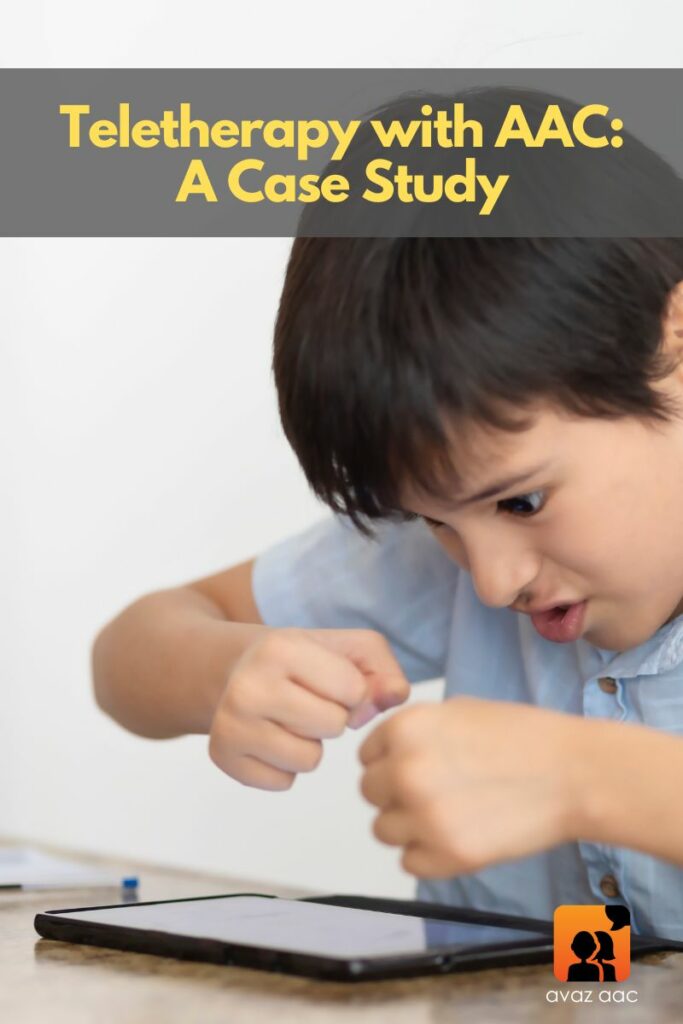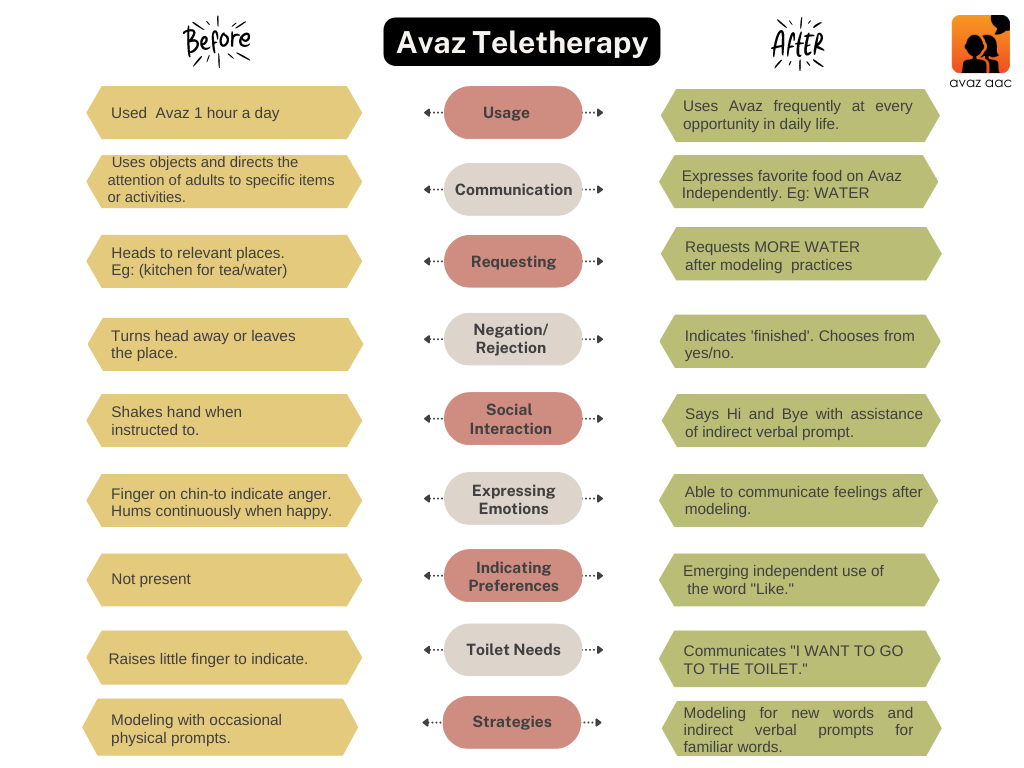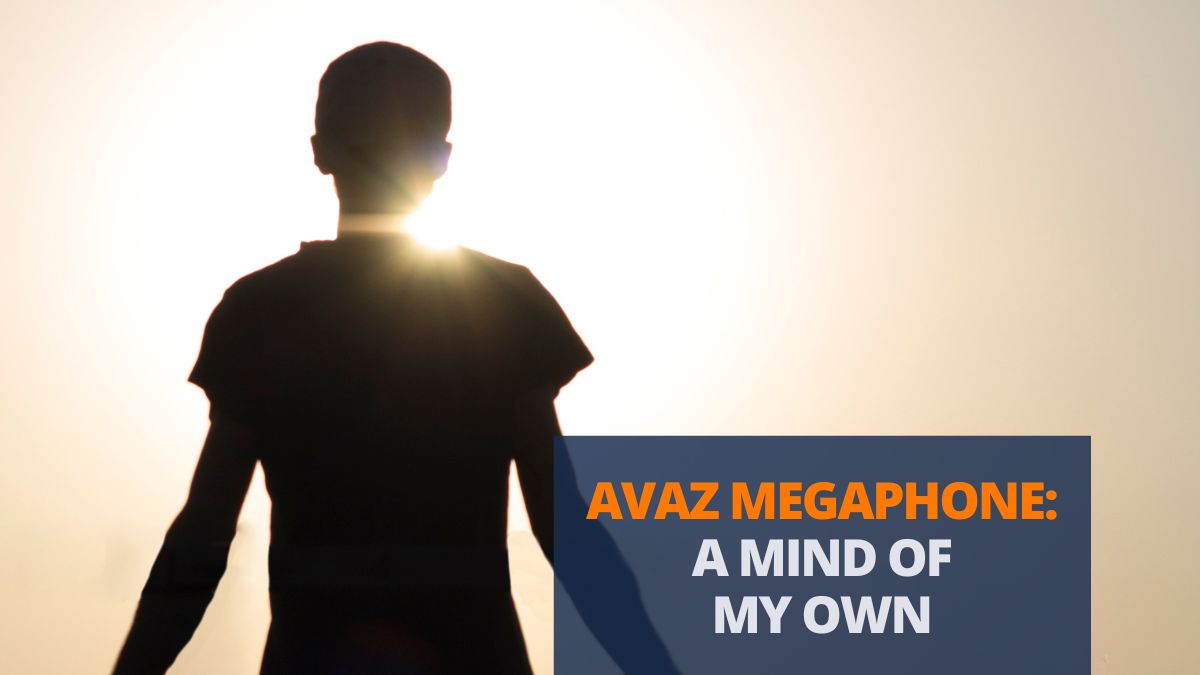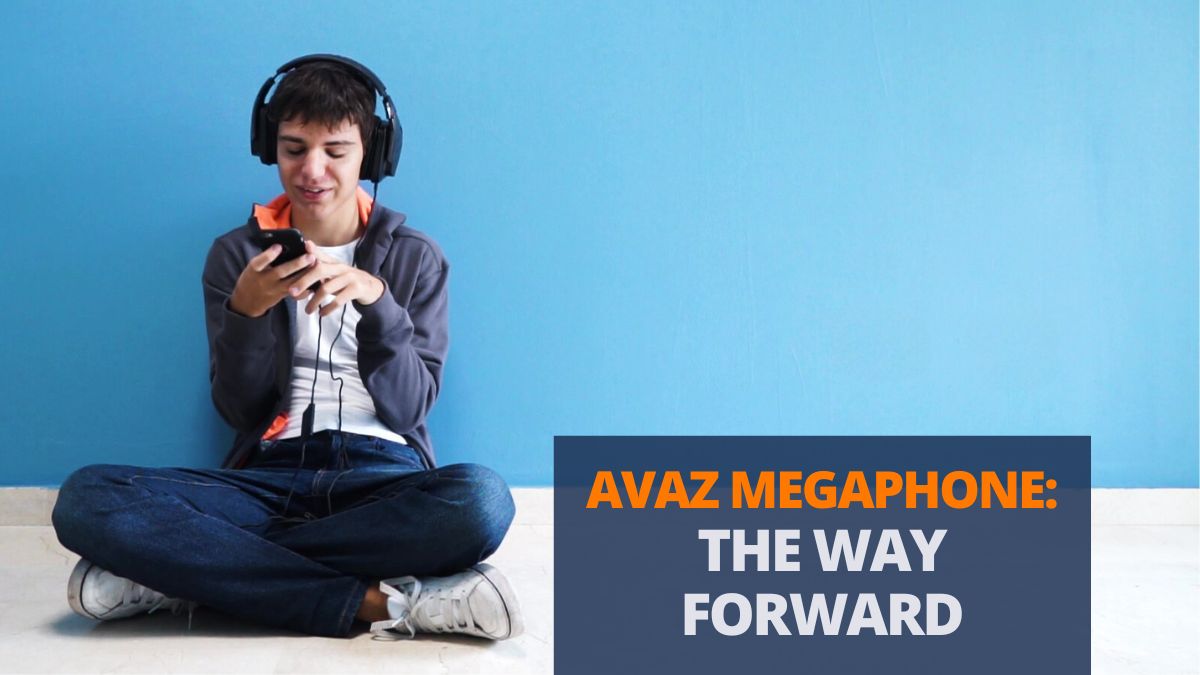This insightful case study looks at the implementation of Teletherapy in a 22-year-old Autistic Young Adult with Cerebral Palsy, Epilepsy and Delayed Milestone. This case study explores the challenges faced by the client and the strategies used in intervention. Further, it throws light on the progress made by the client over a period of time. Gain a deeper understanding of the potential of teletherapy to enhance communication skills and overall quality of life.
Overview


This study is about a 22-year-old autistic individual with comorbidities. They have experienced a combination of schooling and homeschooling over the years. This was done to determine the most beneficial approach. Additionally, they have undergone various therapies, including Applied Behavior Analysis (ABA), in their pursuit of progress and development.
Challenges
The individual faces challenges with eye-hand coordination, which impacts their symbol selection. They have a tendency to touch below the intended symbol. There is a preference to select symbols on the right side of the screen.
Another challenge is their variable attention and compliance, which is influenced by their emotional state at any given time. Additionally, they experience tactile sensitivity. This results in stimming behaviors that affect their engagement and communication.
Furthermore, they have reduced communication intent and motivation to perform daily routine tasks. This, coupled with socio-pragmatic skill impairments resulting from vision and motor concerns, present additional obstacles. These challenges impact their ability to effectively interact and navigate social situations.
Objectives
To enhance the individual’s daily routine by incorporating effective communication strategies using AAC. Modeling during daily routines, including labeling objects, people, and activities, as well as emphasizing important core words.
Pre Teletherapy Avaz Usage:
The individual used Avaz for 1 hour a day for a month before teletherapy. For them, communication was need-based – using objects and guiding the attention of adults to convey their needs. They used non-verbal communication in a variety of contexts. They would respond to instructions with a handshake, indicate anger by placing a finger on their chin, and express happiness through continuous humming.
Avaz was customized with two pictures per screen, a contrasting background, and zooming on selected items.
Present Avaz Usage
Overall Communication: The individual has made significant progress in their communication skills using Avaz. They are now able to make requests and respond to questions independently. They can respond to questions using Avaz, by referring to a visual schedule.
Expressive Communication: Their communication has become more expressive as they utilize modeling techniques to convey their wants and requests more often. This indicates a higher level of engagement and participation.
Improved Communication Intent: The individual is aware that it’s their turn to respond, so they spontaneously reach for their Avaz device. They now know they can request more of their favorite TV show or food easily, which they greatly enjoy.
Negation: They now indicate finishing or completing a task. In addition, they can answer yes/no questions confidently.
Understanding Social Cues: The individual understands social cues and can use indirect verbal prompts. They say hi and bye appropriately, displaying social awareness.
Emotional Expression: They can identify and express emotions like happiness or sadness after engaging in modeling activities. This shows increased emotional awareness and communication.
Indicating Preferences: An exciting development is their emerging independent use of the word “LIKE” after watching a video of their choice. This indicates expanding vocabulary and communication skills.
Impact
The integration of Avaz into daily routines has had a significant impact on the individual’s communication skills. Through frequent modeling and AAC integration, Avaz has become a valuable tool for various communication purposes.
During teletherapy, the visual layout was modified. The screen was configured to display 8 pictures per screen, with the top row hidden. Post this, the individual has shown improved accuracy in symbol selection. This has also eased their process of navigating through the options. First, they select the “computer” icon from the bottom row. They then proceed to choose their favorite program from the available options.


The challenges related to preferential selection of symbols on the right side of the screen are no longer present.
Visual schedules and core words, such as “start” and “finish,” have contributed to improved attention. The individual has also shown progress in shifting their attention from the screen to Avaz, particularly during shared language activities. Occupational therapy exercises have further enhanced their attention to tasks. Modeling is used to introduce new words, while indirect verbal prompts support the use of words already in their vocabulary.
A Journey of Support and Breakthroughs
These efforts, combined with consistent practice and aided language stimulation, have led to positive changes in communication. The progress has transcended factors such as age, communication intent, motivation, or complex communication needs.
All this was possible through the consistent use of Avaz AAC, facilitated by various communication partners including parents and special educators. Their dedicated efforts and ongoing support paved the way for meaningful communication and significant improvements.
This blog is based on a case study prepared by Avaz’s Resident SLP Niveditha Ryali. To know more about Avaz Teletherapy, please click the button below.




Excellent analysis. Greta to read about progress made in this case study.